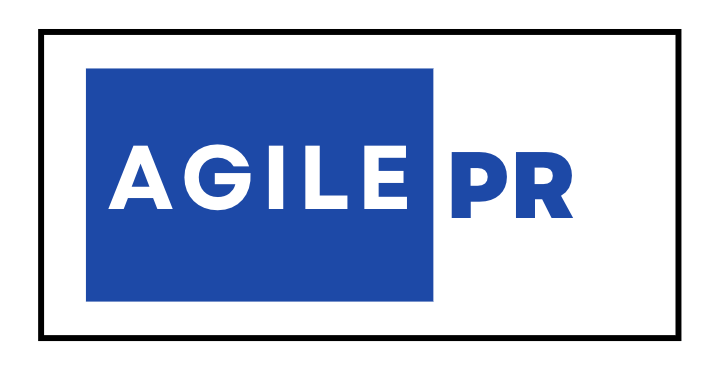If you’re a young adult, chances are you’ve seen plenty of credit card ads promising amazing perks, cash back, and exclusive rewards. Credit card companies know that getting customers early can mean a lifetime of business, so they use strategic marketing tactics to appeal to students, recent graduates, and young professionals. Understanding these tactics can help you make smarter financial choices and avoid unnecessary debt.
1. Targeting College Students with Pre-Approved Offers
Many credit card companies specifically target college students with pre-approved credit card offers. They often set up promotional booths on campuses, send direct mail offers, and advertise heavily on social media. These offers make it seem like getting a credit card is easy and risk-free, but they often come with high interest rates and fees that can add up quickly if not managed properly.
- Capital One QuicksilverOne: Frequently sends pre-approved mailers to young adults with moderate credit scores, offering 1.5% unlimited cashback.
- American Express Blue Cash Everyday®: Sends personalized offers through email and direct mail campaigns, emphasizing family-friendly rewards.
These offers often highlight high credit limits or exclusive benefits, but applicants should always read the fine print.
2. Emphasizing Rewards and Bonuses
Cash-back bonuses, travel points, and exclusive discounts sound great, and credit card companies know how to make these perks seem irresistible. They market their cards as a way to “earn while you spend,” but in reality, these rewards only benefit those who pay their balance in full each month. For young adults who carry a balance, high interest rates can quickly outweigh any rewards earned.
One of the most common tactics is offering enticing sign-up bonuses, such as cashback rewards, airline miles, or statement credits.
- Chase Freedom Unlimited®: Offers a $200 bonus after spending $500 in the first three months and 5% cashback on travel purchases.
- Capital One Venture Rewards Card: Markets itself to young travelers by offering 75,000 miles after spending $4,000 in three months.
These promotions create urgency and an immediate incentive to apply. However, young consumers should consider whether the card’s long-term benefits outweigh the short-term bonus.
3. Low or 0% Introductory APR Offers
A common tactic is to offer a low or 0% introductory annual percentage rate (APR) for a limited time, making the card seem like a great deal. However, once the promotional period ends, the APR can skyrocket, leading to high-interest debt. Many young adults get caught off guard by this shift, especially if they haven’t paid off their balance before the higher rate kicks in.
Many credit card advertisements highlight 0% interest rates for an introductory period or emphasize no annual fees.
- Wells Fargo Reflect® Card: Offers 0% APR for 21 months, appealing to young adults looking to manage expenses without immediate interest.
- Chase Slate Edge℠: Markets itself as a beginner-friendly card with low intro APR and no annual fee.
These perks sound great, but interest rates often jump significantly after the promotional period. If a young adult carries a balance, they could end up paying much more in interest later.
4. Building a Sense of Urgency
Credit card companies often use phrases like “Limited-time offer!” or “Exclusive deal for students!” to create a sense of urgency. This tactic pressures young adults into signing up quickly without fully understanding the terms and conditions. Taking the time to compare different credit cards and reading the fine print can help avoid costly mistakes.
5. Marketing Credit Cards as a Tool for Financial Independence
Credit card companies often frame their products as essential for building credit and gaining financial independence. While it’s true that responsible credit card use can help build a credit history, mismanaging a card—such as missing payments or carrying a high balance—can damage credit scores. Young adults should be cautious and ensure they can handle the responsibility before signing up.
6. Offering Student or Beginner Credit Cards with “Friendly” Terms
Some companies market beginner or student credit cards with lower credit limits and fewer requirements. These cards often seem like a safer entry point into credit, but they may come with hidden fees, high APRs, and strict penalties for late payments. Always read the fine print before applying.
Many issuers specifically market “student credit cards” or “beginner credit cards” to young adults with limited credit history.
- Discover it® Student Cash Back: Targets students with 5% cashback on rotating categories and a $20 statement credit for good grades.
- Bank of America® Customized Cash Rewards for Students: Offers 3% cashback on a category of choice, helping students personalize rewards.
These cards are useful for building credit, but they also encourage spending habits that might lead to long-term debt if not managed properly.
7. Using Influencer and Social Media Marketing
With young adults spending more time online, credit card companies partner with influencers and content creators to promote their cards subtly. Whether through sponsored posts, YouTube reviews, or TikTok videos, these promotions make credit cards appear trendy and beneficial without always explaining the risks involved.
They partner with influencers who promote cards as essential for travel, shopping, or financial independence.
- American Express frequently partners with social media influencers to showcase its Amex Gold and Platinum cards, highlighting benefits like travel perks and restaurant rewards.
- Chime Credit Builder Card: Uses TikTok campaigns to appeal to Gen Z by emphasizing easy credit building with no interest charges.
These campaigns make credit cards seem aspirational and essential, often glossing over potential downsides like high interest rates.
8. Encouraging Minimum Payments Instead of Full Payments
Credit card statements highlight the minimum payment amount, making it seem like an easy way to manage debt. However, paying only the minimum keeps users trapped in debt longer, as interest continues to accumulate. Young adults who aren’t aware of this can end up paying far more than they originally spent.
9. FOMO and Exclusive Perks
Credit card marketing often plays on the fear of missing out (FOMO) by advertising perks like VIP concert access, early ticket sales, or airport lounge memberships.
- Chase Sapphire Preferred®: Markets its exclusive travel and dining experiences to young professionals who want premium perks without the high annual fee of luxury cards.
- American Express Platinum: Heavily promotes airport lounge access, early concert ticket sales, and luxury hotel benefits to make young adults feel like they’re missing out without it.
While these perks can be valuable, they are only worth it if the cardholder actually takes advantage of them.
Final Thoughts
Credit card companies are skilled at making their offers look appealing, especially to young adults who are just starting their financial journey. While credit cards can be useful for building credit and managing expenses, it’s important to understand the marketing tactics behind them. Being informed helps you make smarter financial choices, avoid debt traps, and use credit responsibly.




